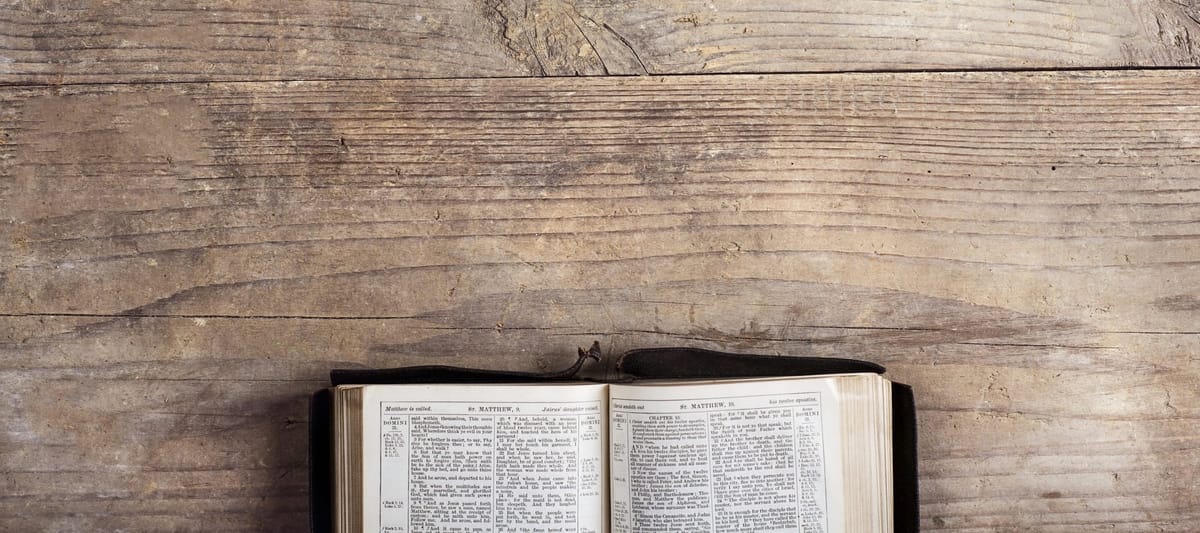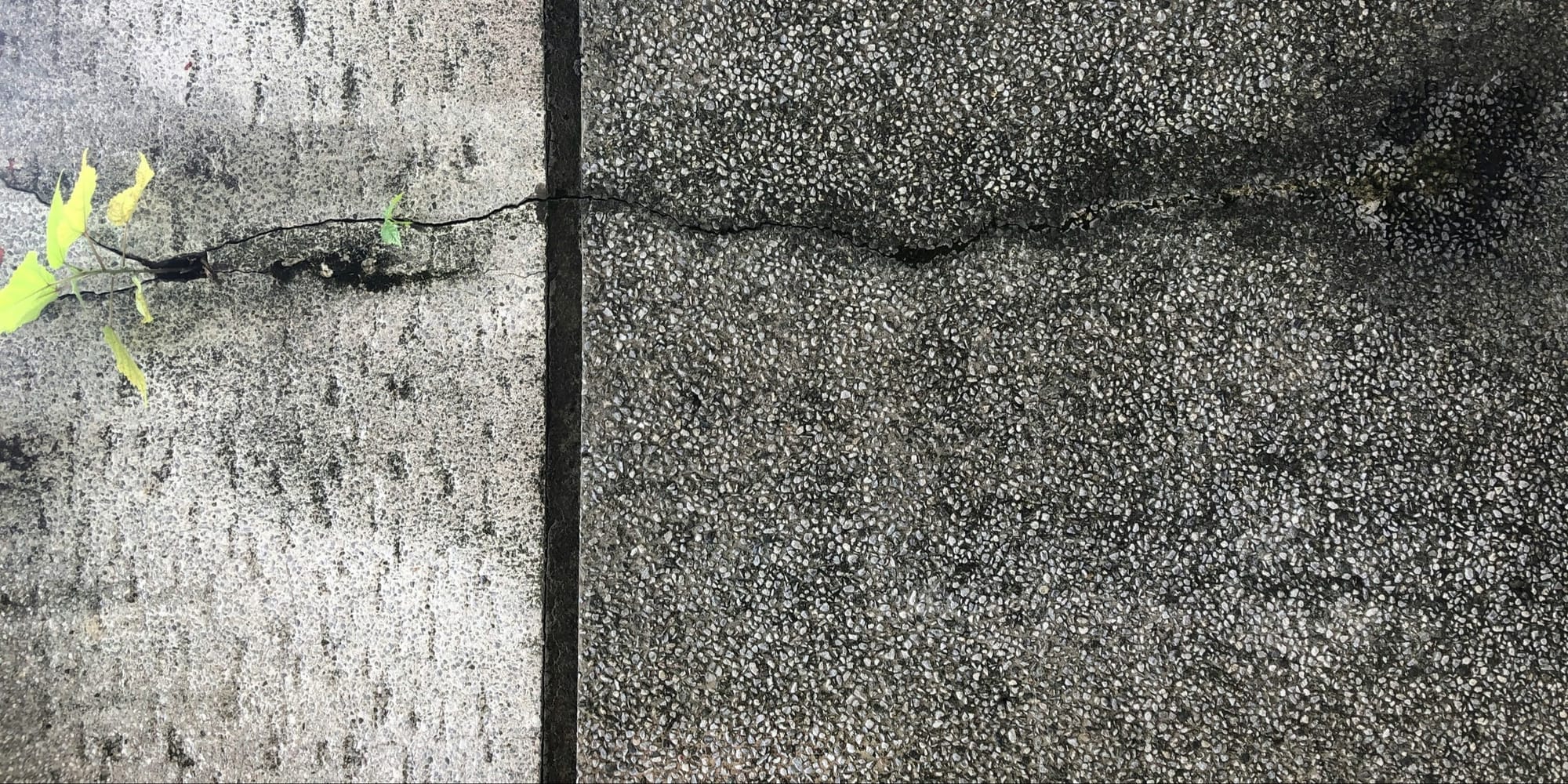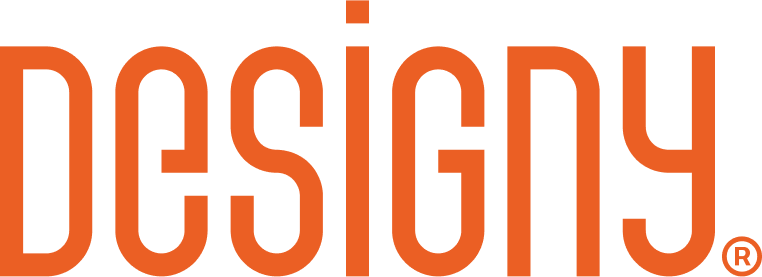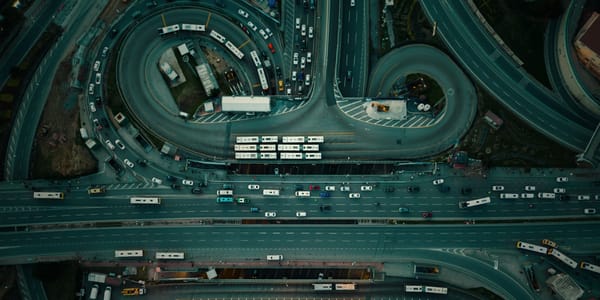My Why
I’ve built my whole career around refining a purpose-driven approach for design leaders. That’s no accident.

What drives me as a designer?
It’s very simple: Jesus Christ.
“Woah, woah, there. Back it up a moment and help me connect the dots. This is, after all, a blog about software design.”
Bingo.
Have you ever taken the time to look back at the waypoints of your life?
Waypoints are moments which were like an other day, and you wouldn’t have otherwise made any special mention of them. They aren’t the planned milestone days like graduation, birthdays, or embarking on a new adventure. They aren’t those major decisions like moving, accepting the job, or getting married. They aren’t even the days of sudden calamity like the loss of a job, or the death of a family member.
No, waypoints are those decisions you made without contemplating their significance, yet in the end they amounted to the defining directions that shaped your life.
There are countless waypoints I could explore, but for this account I’ll highlight two.

The Big Ask
Growing up in the 1980’s seems like ancient history to even mention it.
While the technology at the time was a fledgling concept of even owning a personal computer, the day to day human interactions were the same as they’ve been for thousands of years up to this very day. That is, I was the pushover in school.
It was called “teasing” then but it doesn’t matter the label. Essentially, it amounted to my dignity being deflated at the mouths of outspoken kids. I was the kid that just wanted to go through the day, do the assignments, and play with my friends. The outspoken kids had more enjoyment at embarrassing me in front of any audience they could muster, even if it was only themselves. This was relentless pressure for a third grader.
My parents had been new Christians since I was four. It was life-changing for them, and it was all I knew. We went to church every week. We read the Bible. We prayed as a family. We loved God. God was big, God was real, and we lived it out.
The waypoint came walking to the bus stop one morning, all the pent up teasing weighing heavily on my eight-year-old mind. I remember this as clear as day: I was watching the texture and shape of the concrete sidewalk change with each step, and I prayed.
“Lord, I need you.”
That was not some wistful prayer, or a quick nod to “the big guy upstairs.” Nor was it wasn’t something rote, scripted, or recited. It was as honest, deep-hearted, and humble as one can be, even as when talking to a friend.
Then fire came down and consumed all my enemies.
Not hardly, but that wasn’t the desire. That waypoint of submission was the beginning anchor for everything else in my life, by the clear and persistent grace of God.

The Big Idea
At the turn of the millennium, I was in my twenties and five years into web design.
The world was still opening the gift of the internet. It was a new concept of dynamic user interfaces and data on demand. Agile was not a thing, and neither was UX design. Most companies were grappling with this near-immediate ability to deliver software with their engrained old way of doing it—one methodical, laborious step at a time.
My work shifted from designing content websites to working with engineers who worked on productivity software for organizations. In doing so, I was introduced to an entire cohort of people who were designing software. Yet, while their desire was to help people do their work better and faster, they lacked the time/ability/interest to create user interfaces that truly connected users with their tasks.
I saw my role as a Designer as the literal interface between users, business, and engineers. Engineers saw their role as the actual driver of what made software effective. There was this tension of which comes first—design the UX or design the infrastructure. I had seen firsthand that without an intentional design for the user experience the results of the engineering would dictate it in the shape of the data. That never seemed to turn out well for the users.
One day I was talking with an engineer on this topic and he said, “You know, ‘Form follows Function.’” This was his way of barbing me that engineering came first in the process. He pressed that defining the how would therefore define the experience the software took.
At that moment, it popped into my mind to say, “Form and Function follow Purpose.” While I knew design could inform engineering, even design needed something higher. If the user experience wasn’t aligned to a business strategy even it would be a means to an end.
He paused for a moment of deep thought and then said, “That’s true.”
That waypoint redefined everything I ever thought about Design’s role in software, let alone every creative endeavor a person undertakes.
There’s a reason creativity works this way, and it’s even higher than me.

The Big Peak
These two waypoints have matured over the past 40+ years and converged.
Personally, I accepted Jesus as my Savior and continue to grow and follow him
I realized naturally I'd rather follow my own way and not God's—that's sin (Romans 3:23). This happens to be the default state of all of us.
A perfect and Holy God requires judgement for that sin—that's eternal death (Romans 6:23). I cannot do anything to redeem myself from this coming judgement. Good deeds I may do towards others cannot be counted as payment for my personal sin against God. Ready or not, judgement is coming for each of us (Hebrews 9:27).
The only way for my sins to be forgiven is if God does it. The good news is He has already done it (John 3:16)! Jesus, who is God, came as a man and died for my sins through the death of the brutal cross. He rose from the dead on the third day as the promise of eternal life for all who believe (1 Corinthians 15:3-4).
Confessing and believing that this gift of salvation comes through Jesus was the only thing that stood in my way from me staying dead in my sins and being forgiven of them (Romans 10:9)—and I did. I’ve been living these years, day by day, growing in the grace and knowledge of my Lord and Savior, Jesus Christ (2 Peter 3:17-18).
This same gift of forgiveness is an open invitation for you, too (Acts 8:37).
Professionally, I concluded one can only make strong design decisions once the purpose is clear and people respond to it.
Most designers (and people leading software) don’t know how to apply a purpose to their daily work in the strongest way. Sure, there are goals and objectives, but applying those to a decision they have to make today is not the norm.
I’ve learned it takes diligence to make design decisions which are strongly aligned on purpose instead of reactionary, convenient, and by accident. Every time I’ve made those decisions on purpose there is success. Every time I’ve winged it, I’ve been self-indulgent design-wise.
Designers demonstrate design leadership when they perfect this skill. They can also teach it to others.
Even so, I lived for years as though these were separate tracks of life. I wish I started living it sooner, but one can always start “today.”
I kept these concepts separate: God is just God, and Design is just Design. To that end, I limited two things: how far I could push applying design to its fullest potential, as well as sharing the unlimited potential God has designed for each us.
These aren’t separate—they are both strictly tied together.

The Big Purpose
Every design points to a designer.
This day-to-day existence we live in is a designed system. Systems are not random. Their intricate complexities aren’t simply patterns—they’re rules, they’re interdependent, and they carry information that can only be explained by design.
At this most basic observation, our existence points to God who designed it (Psalm 19:1, Romans 1:20). Everything designed is the visible outcome of a purpose. If God designed our universe, then God’s design is the highest Purpose.
For us to practice design without God in mind is to hit the glass ceiling of reasoning. We fail to understand how the whole system fits together, including our lives.
UX has always existed to improve the user experience of software, but why?
Things in this universe don’t always work the way you expect. That is, you don’t plan for the car to have a flat tire today, or the code you deployed to bring down the server. You didn’t expect the sandwich you ordered to be so small, or that Joe down the hall would react that way to your comment about his shoes. We live in a broken world, one in a state of entropy and disappointment. Just like our sin, if left alone, there would be total destruction.
UX intends to anticipate and avert that disappointment with thoughtful and purposeful design towards success. UX done well is uplifting, helpful, loving, kind, and ultimately a means of providing light in a dark world.
Finally, brethren, whatsoever things are true, whatsoever things are honest, whatsoever things are just, whatsoever things are pure, whatsoever things are lovely, whatsoever things are of good report; if there be any virtue, and if there be any praise,
think on these things.
—Philippians 4:8
Can UX solve all our human problems? Yes and no. It certainly will improve people’s lives, and that’s a good pursuit. Philippians 4:8 is a wonderful guiding principle. It’s one of the tenants of Designy—keep pushing upward, keep learning new techniques, and keep improving your skills and those around you.
But design, no matter how perfect, will never overcome the root cause of sin. Only Jesus can do that. Ultimately, that is the only solution that matters.

What drives me as a designer
I know everything I design, no matter how humanly successful, is temporary. Software is fleeting. I create digital things which are obsolete, sometimes by the end of the meeting when strategies change through exploration. There’s likely nothing I’ve designed that will ever outlive me. If that was my sole purpose in life, I would be very distraught.
However, I’m not only designing for people, I’m also designing with people. Sure, the users and stakeholders always matter. However, I can’t let the day-to-day interactions with my colleagues and clients pass by as though they’re in my way towards getting the product released. These interactions are actually more important to the product work I'm doing. My hope is through designing well though human means, they will consider their need to get to know God, their designer.
The good news is design work should reflect God’s work. You may be a successful designer and taste the blessing of God’s image through human work, but your ultimate destiny is trusting Him through Jesus with your soul so you can fully apply yourself to fulfilling His purpose for your life.
Your talent is on loan from God. Are you using it the way He intended?
Today is a great day to design.




